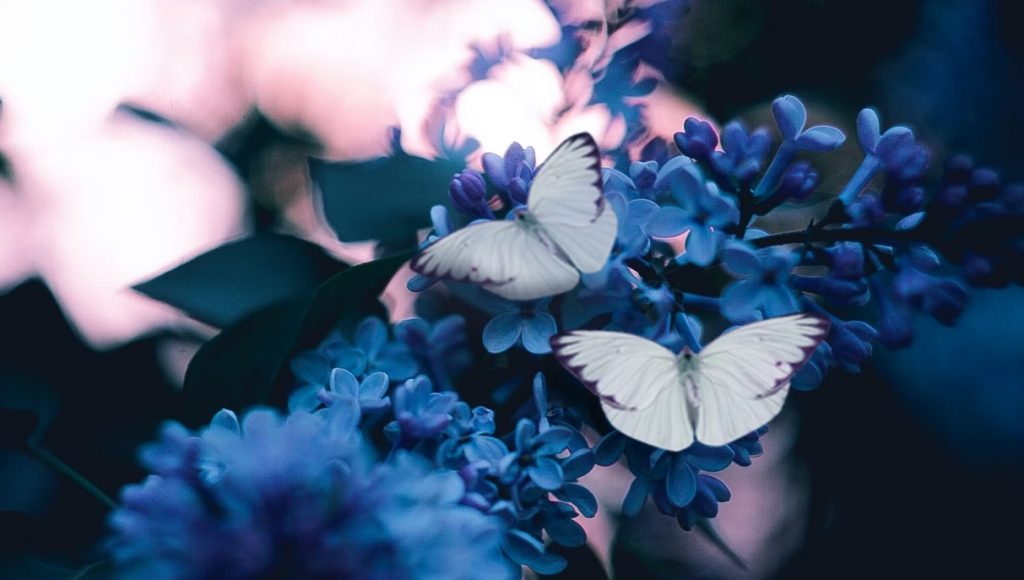
What Eats Butterflies
Butterfly and insect larvae are an important food source for small mammals and birds. As adults, butterflies are preyed upon by bats, lizards, frogs and other insects.
There are very few creatures that eat butterflies.
Butterflies are delicate and beautiful insects. They have long, thin bodies like a stick bug, but they have brightly colored wings that make them look like flowers in the air. They live for a long time (some species can live up to a year). Butterflies also don’t move very quickly or fly high above the ground, so they’re not easy to catch. Once caught, butterflies are difficult to digest because their exoskeleton is made up of chitin rather than protein—this makes them hard to break down while inside an animal’s stomach or digestive system. Finally, there aren’t many animals that actually eat butterflies; usually when someone says “what eats butterflies,” what they really mean is “what eats caterpillars?”
Insects and Spiders
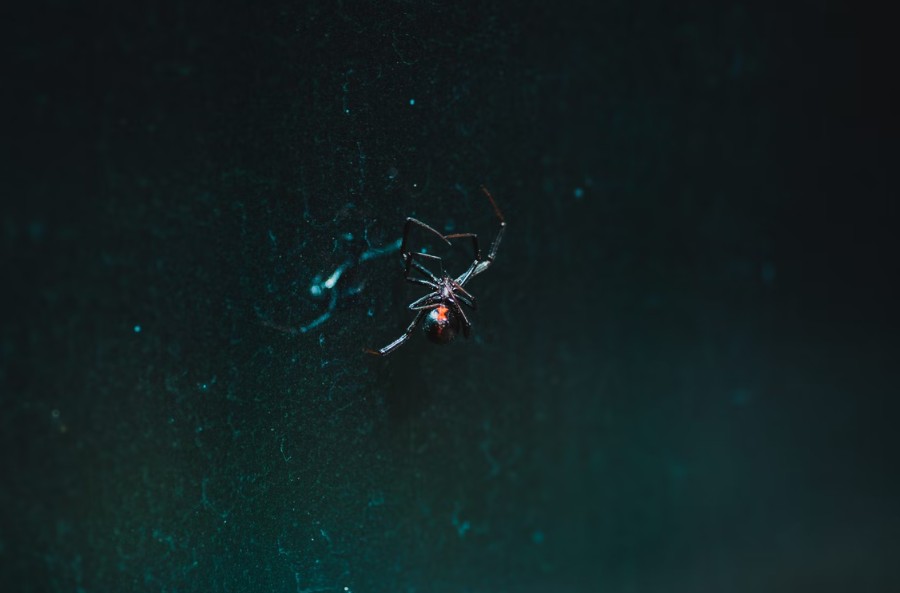
Butterflies are often eaten by insects, spiders and even grasshoppers. Ants are especially adept at catching butterflies, as they can jump up to two meters (6.56 feet) into the air to catch them. Spiders also eat butterflies; one common species of spider even builds its web in the shape of a butterfly net!
Dragonflies are also known to eat butterflies, although it’s rare for them to attack large or brightly colored moths due to their large size and bright colors. They’ll usually feed on small or drab-colored moths instead because they’re easier targets that won’t put up much of a fight when attacked!
Birds
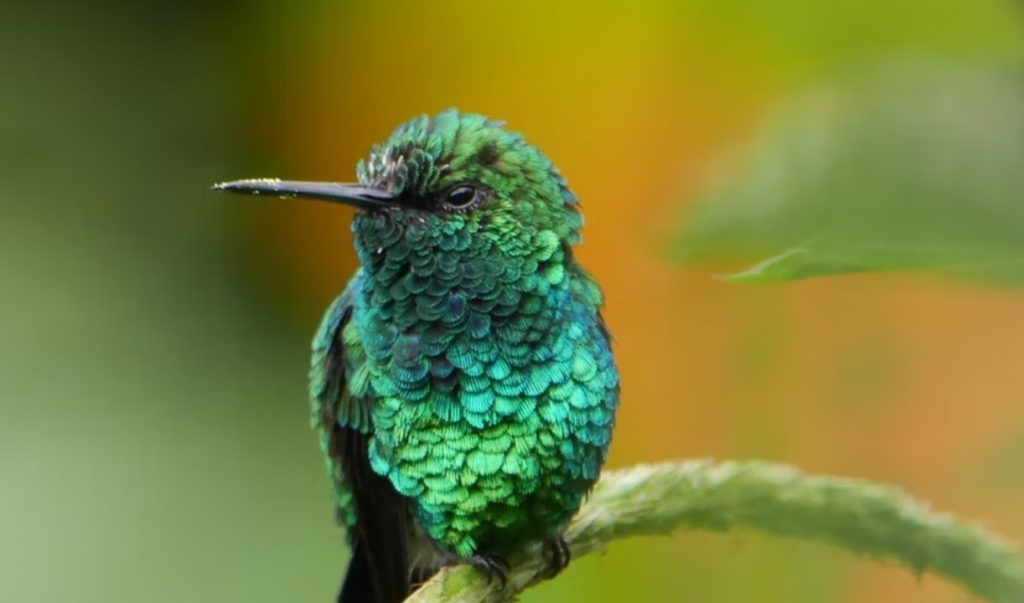
Birds eat butterflies because they are attracted to the color, the smell, and the taste. Birds are visual creatures, so they use their eyes to find food. They can see a bright colored butterfly from far away and then chase it down for a meal. But butterflies also have another sensory mechanism: smell! They release pheromones as they fly around that can entice birds and other predators to come after them. Birds may also be able to sense some of these chemical signals through their bills—after all, birds have more receptors than humans do in their nostrils, so if you think about it from their perspective…
Mammals
Mammals are warm-blooded vertebrates that feed their young with milk produced in the mammary glands. Mammals also have hair, and most develop the ability to hear, which is known as a sense of hearing. The mammalian sense of hearing is a type of perception that helps them detect sounds in the environment.
Mammals are the largest group of vertebrates on Earth, including almost all living animals (such as humans, whales and dolphins) except fish (which have gone back to water), amphibians (which live both in water and on land), reptiles (such as turtles) and birds (the only other air-breathing animals).
Frogs and Toads
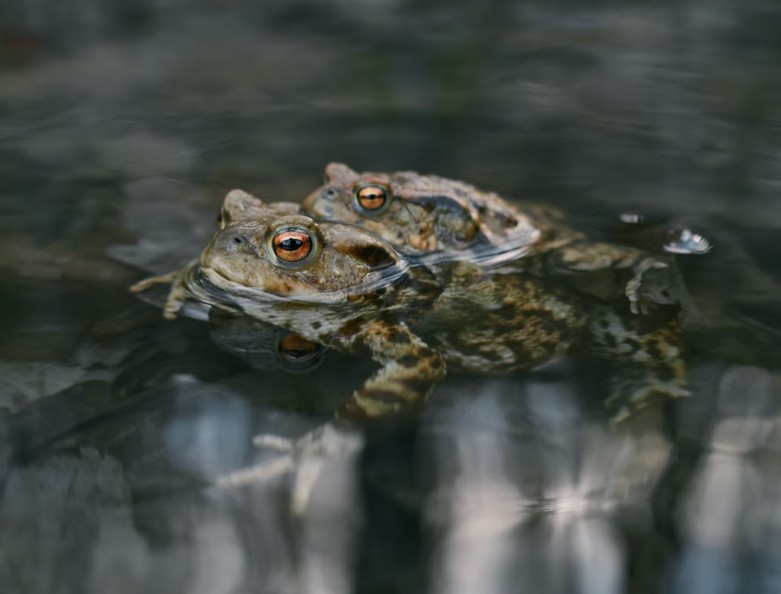
Frogs and toads eat butterflies. Butterflies are a good source of nutrition for frogs, and the larvae of some species feed exclusively on butterfly eggs. While it may seem strange that these amphibians have a taste for insects, many frogs and toads are largely carnivorous creatures who hunt prey to survive.
If you’ve ever seen a frog or toad eat a moth or other flying insect (or any small creature), then you know how easily they can catch their prey with their tongue-like appendage called the tongue dart. Frogs also use their sticky mucus secretions as well as sticky pads on their toes to capture flying insects in midair with ease.
Reptiles
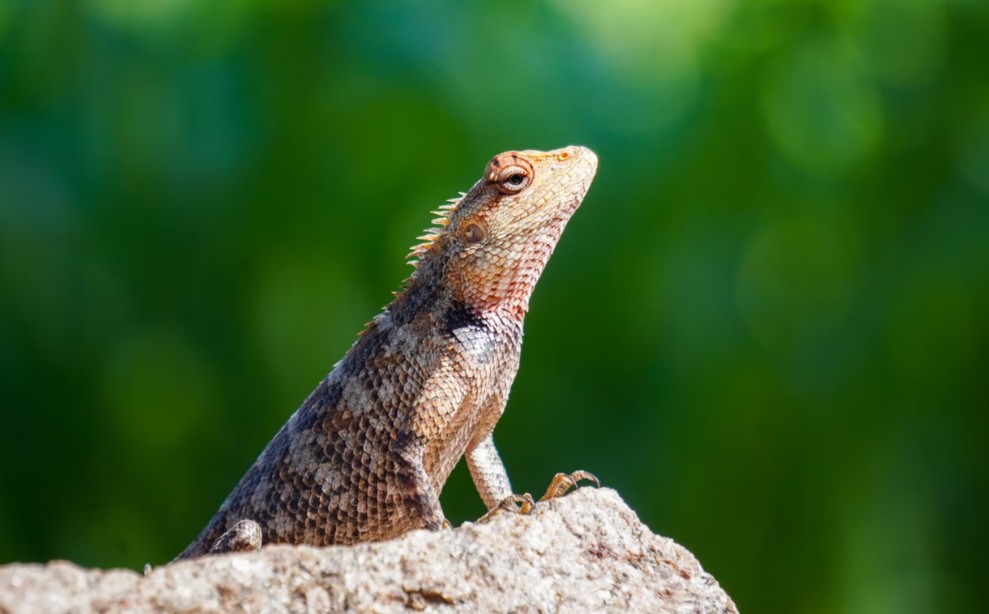
A few snakes, lizards and tortoises are known predators of butterflies. Spotted garden lizards eat butterflies in captivity. In the wild, they may also feed on other lizards and small mammals.
Snakes and geckos can be attracted to butterflies by their bright colors, but many snakes prefer to eat frogs or mice instead of insects for their meals.
Larger reptiles such as monitor lizards and crocodiles have been known to prey on butterflies in the wild; monitors have been observed eating large species like swallowtails, monarchs and painted ladies.
Amphibians eat butterfly
- Frogs and other amphibians are known to eat butterflies. Their ability to catch flying insects is due to their tongue, which extends up to half the length of their body when fully extended. They use this tongue to snatch small prey from the air and then swallow them whole.
Fish
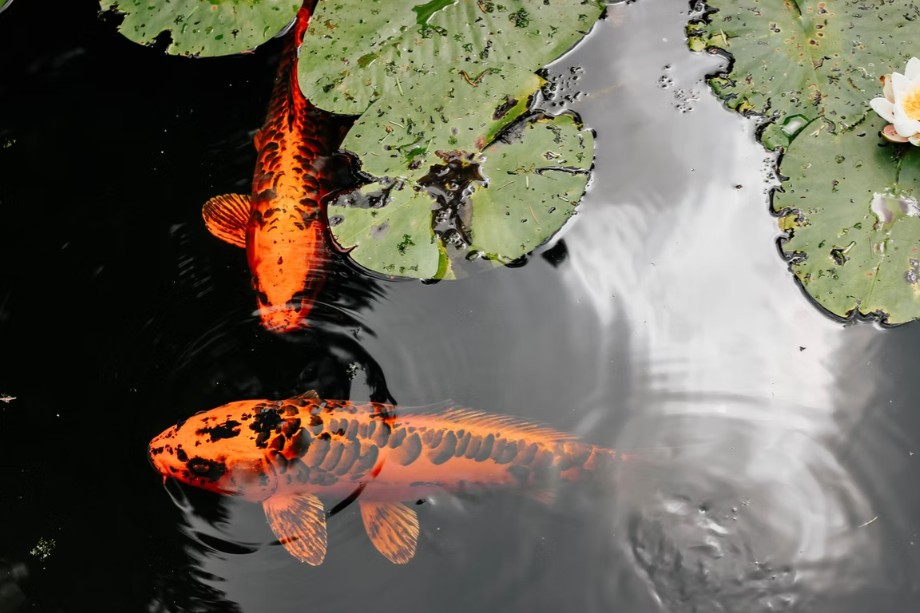
- The first type of fish that eats butterflies is the freshwater bass. The freshwater bass inhabits a variety of lakes in North America, including the Great Lakes and Lake Erie.
- Butterfly fish eat butterflies when they are adults, but they also eat plants as juveniles.
- The butterfly fish has an interesting way of hunting for food: it swims at high speeds and then turns on its side to slow down so it can hunt for prey more efficiently.
How Do Butterflies Defend Themselves From Predators?
Butterflies and moths are some of the most beautiful creatures in the world. They’re also very sensitive to their environment, because every stage in their life cycle depends on it. For example, as caterpillars, they have to make sure that they don’t get eaten by predators so they can grow into adults and reproduce. Butterflies use a variety of tactics to defend themselves from predators—camouflage, mimicry and more!
Camouflage
Camouflage, or crypsis, is the use of visual signals to blend into the environment. Butterflies use camouflage to avoid predators and prey. They also use it to protect their eggs from predators and parasitoids.
In general, butterflies tend to have camouflage that makes them look like leaves or bark. Some are so good at this that they can be found on one side of a leaf while looking like they’re on the other side! For example:
- The underside of this butterfly’s wings look just like tree bark!
- This butterfly looks like it’s hanging off a branch with its wings closed around its body (the underside). It really could be hanging there if you didn’t know better!
Mimicry
The most obvious way a butterfly can defend itself from predators is by mimicking the appearance of something else. In this case, “something else” means another butterfly or insect that predators don’t want to eat because it’s poisonous to them. It’s not just butterflies with bright colors that rely on mimicry; they can also use camouflage to protect themselves.
This strategy is called Batesian mimicry and occurs when one animal (the model) has a harmful trait that keeps it safe from predators, but only if another animal (the mimic) looks similar enough to the model for both of them to be mistaken for each other by predators.
Noxious tastes, odors and toxins
To defend themselves against predators, butterflies have a number of defenses. Some have a noxious taste or odor that keeps predators from eating them. Others can produce toxins that are poisonous to the predator. These defenses can be either noxious (unpleasant) or poisonous (dangerous).
Noxious tastes and odors are usually produced by glands in the head of a butterfly, but some species use their bodies as part of their defense. When disturbed, for example by being touched by an insectivorous bird or lizard, some butterflies release chemicals from special glands on their wings which are then blown onto the predator’s face by its flight movements. The chemicals produced include alkaloids (e.g., nicotine), cyanide compounds and other toxins which act as irritants on mucous membranes causing irritation or nausea while also making it difficult for predators to breathe. If eaten in large enough amounts they will be fatal to small animals like sparrows but most insects seem unaffected by these chemicals.
No eyespots or false eyes
There are no eyespots or false eyes on butterflies. This may seem like an obvious fact, but it actually makes butterflies more vulnerable to predators than we think. Butterflies aren’t great at seeing; their eyesight is more like that of moths than flies (which have good vision). They use their antennae instead of their eyes for sensing potential danger and finding food sources.
Butterflies do have a few tricks up their sleeves that can help them avoid being eaten by predators. One such trick is called body coloration—butterflies tend to be drab in color because bright colors make you stand out from your surroundings, which increases your chances of being spotted by predators. Another trick involves odor: many species smell bad or taste bad, making it less likely for animals looking for food to eat them in the first place!
Combination of tactics
In the butterfly world, predators come in many shapes and sizes. Some of these creatures are too large to be repelled by camouflage or mimicry. Sometimes being too small to see is also not enough to keep a hungry bird or spider at bay. Butterflies have developed several other strategies as well:
- Noxious tastes and odors
- Noxious substances that are produced within the body (toxins)
- False eyespots on wings
Butterflies use a variety of tactics to defend themselves from predators.
Many butterflies use a variety of tactics to defend themselves from predators. Some butterflies have evolved to be camouflaged, some have evolved to mimic other animals or plants, and others can produce noxious tastes, odors and toxins that are dangerous for the predator.
There are also butterflies with false eyespots on their wings that resemble the eyes of larger animals such as birds and lizards. These may be used by predators as an indication of whether or not it is safe to attack the butterfly because they believe that larger animals are usually too dangerous for them to mess with if they see their reflection in an eye.
Butterflies can also use combination tactics like camouflage combined with mimicry or toxic chemicals combined with false eyespots to confuse predators during an attack attempt
FAQS for What Eats Butterflies
Do bats eat butterflies
Bats are carnivores that eat insects and other small animals. In some cases, they’ll eat butterflies. The most common types of bats that eat butterflies include the California Leaf-Nosed Bat and Mexican Long-Tongued Bat. These bats are relatively large in size. They have a wingspan of up to 16 inches, so it’s easy for them to catch and eat butterflies as well as other types of insects.
The reason why bats eat butterflies is because they need high-protein foods in order to survive. Insects provide them with this protein, which helps them grow and live longer lives. If bats were unable to get enough protein from insects, then they would be forced to find another source of food or starve to death.
In addition to eating insects, many types of bats also drink their own urine as a source of water. This may sound strange at first glance, but urine is actually an excellent source of nutrients for these animals because it contains urea and uric acid, two chemicals that help with digestion and metabolism
Do snakes eat butterflies
Snakes do eat butterflies, but it’s not their favorite food. Snakes will eat any animal they can overpower and swallow whole, including insects, amphibians, birds and mammals.
Some snakes are known to eat butterflies because they mistake them for other kinds of insects. Butterflies have no protection against snakes, so they make easy meals for them.
Do frogs eat butterflies
Frogs are not known for eating butterflies. Frogs are carnivorous, meaning they eat other animals. The frog’s diet consists primarily of insects, spiders, worms and other small invertebrates such as snails. They also eat tadpoles and smaller frogs.
Frogs do not eat butterflies because they don’t have any teeth with which to chew up their prey. Instead, the frog simply swallows its food whole when it catches it. If a butterfly got into the frog’s mouth, it would just get swallowed with no chewing involved at all.
Conclusion
There are very few creatures that eat butterflies. Some types of birds, frogs and toads, reptiles and amphibians will try to eat them but they won’t be able to do it. The best way to protect butterflies is by keeping your garden free from pesticides or other harmful chemicals because these can kill off many species of insects and plants which might be important food sources for other animals too!